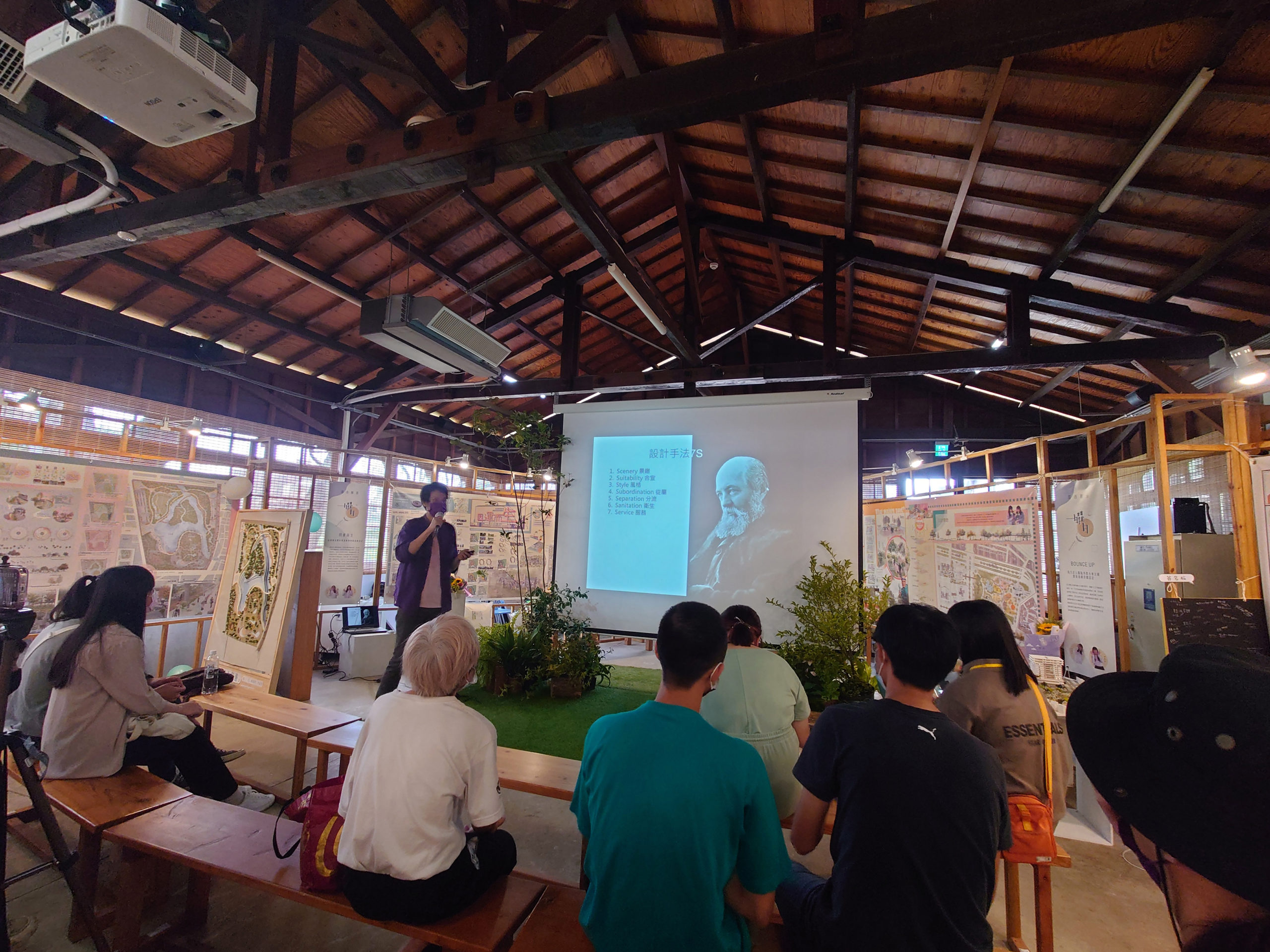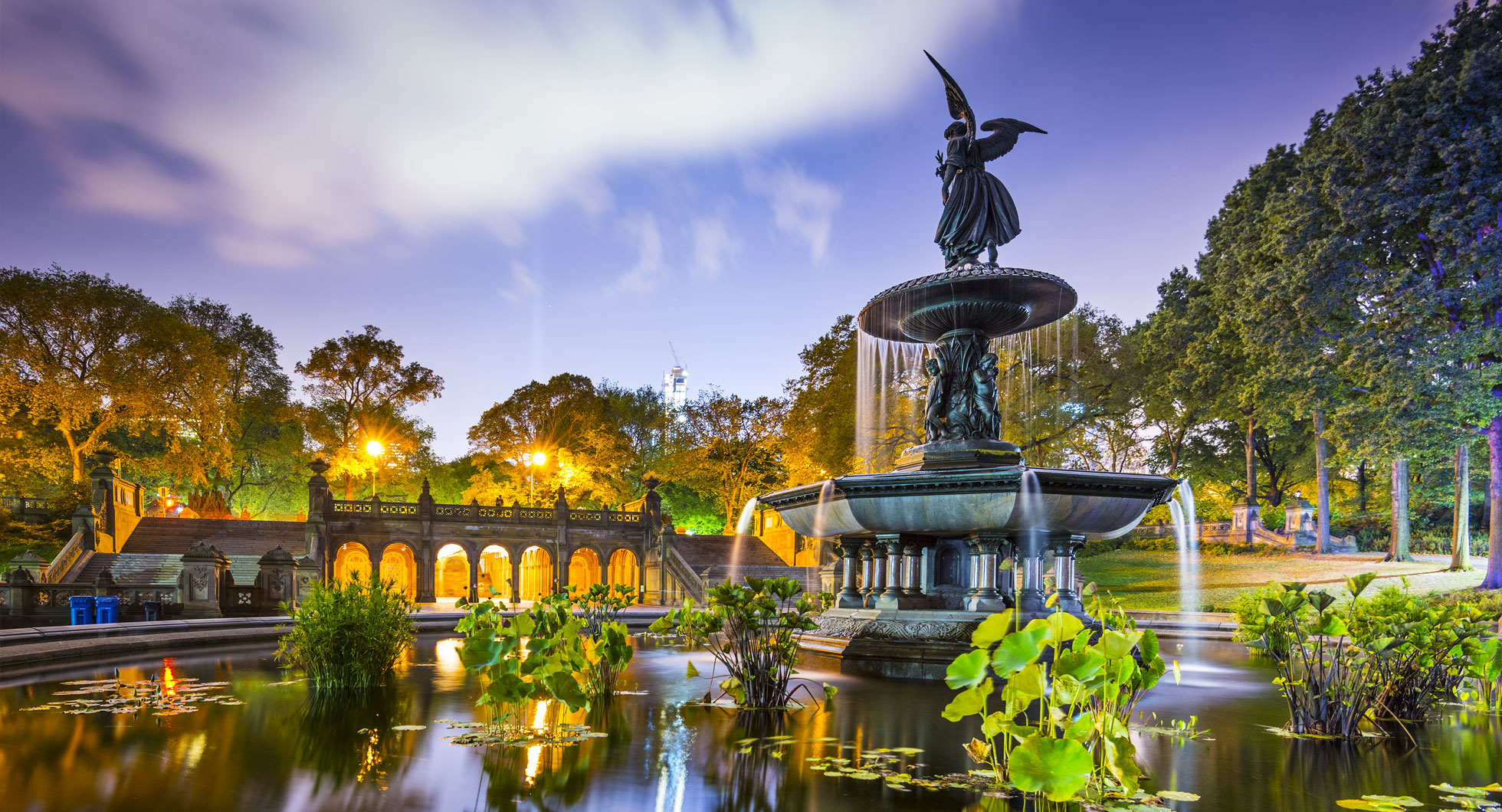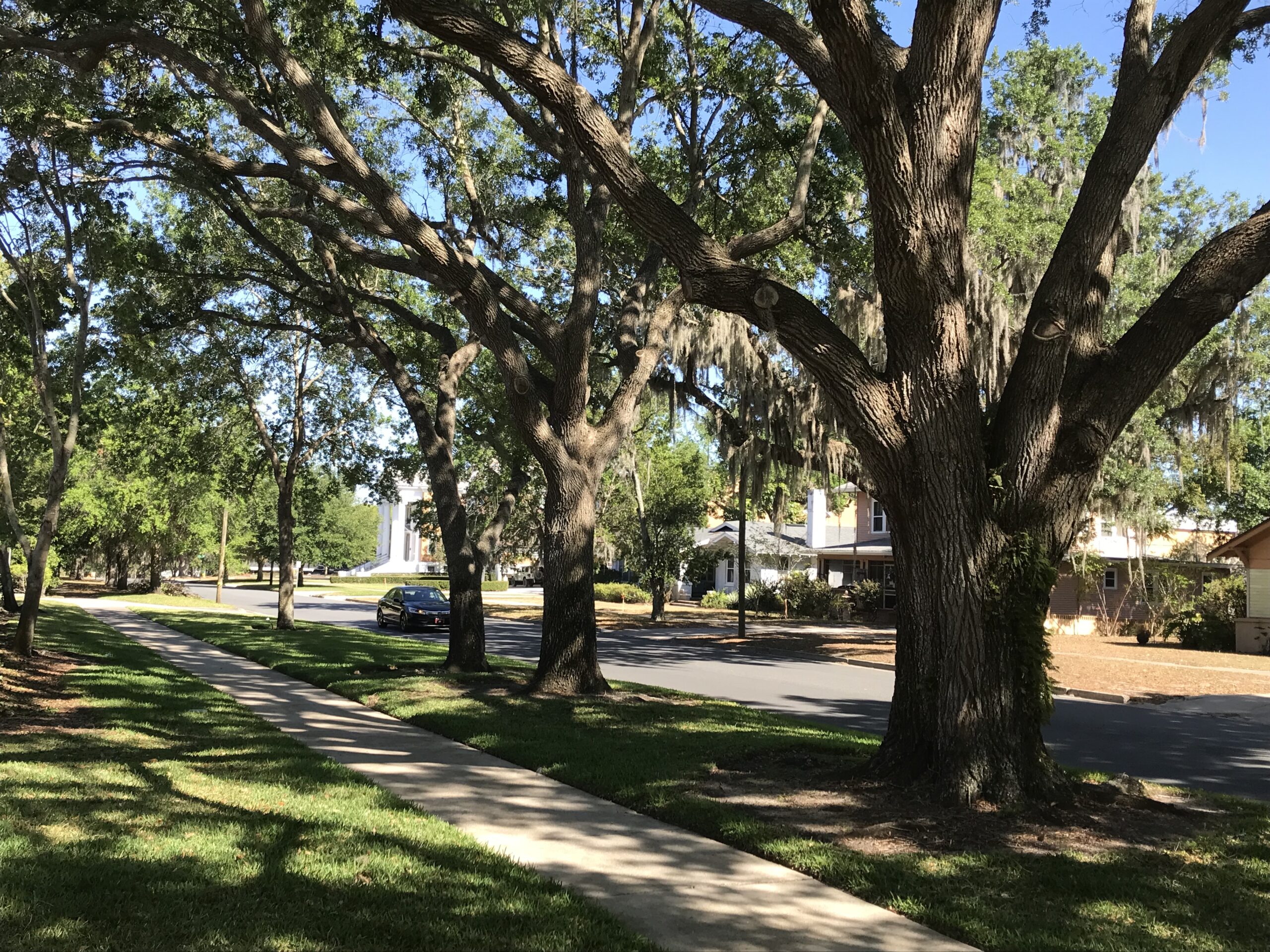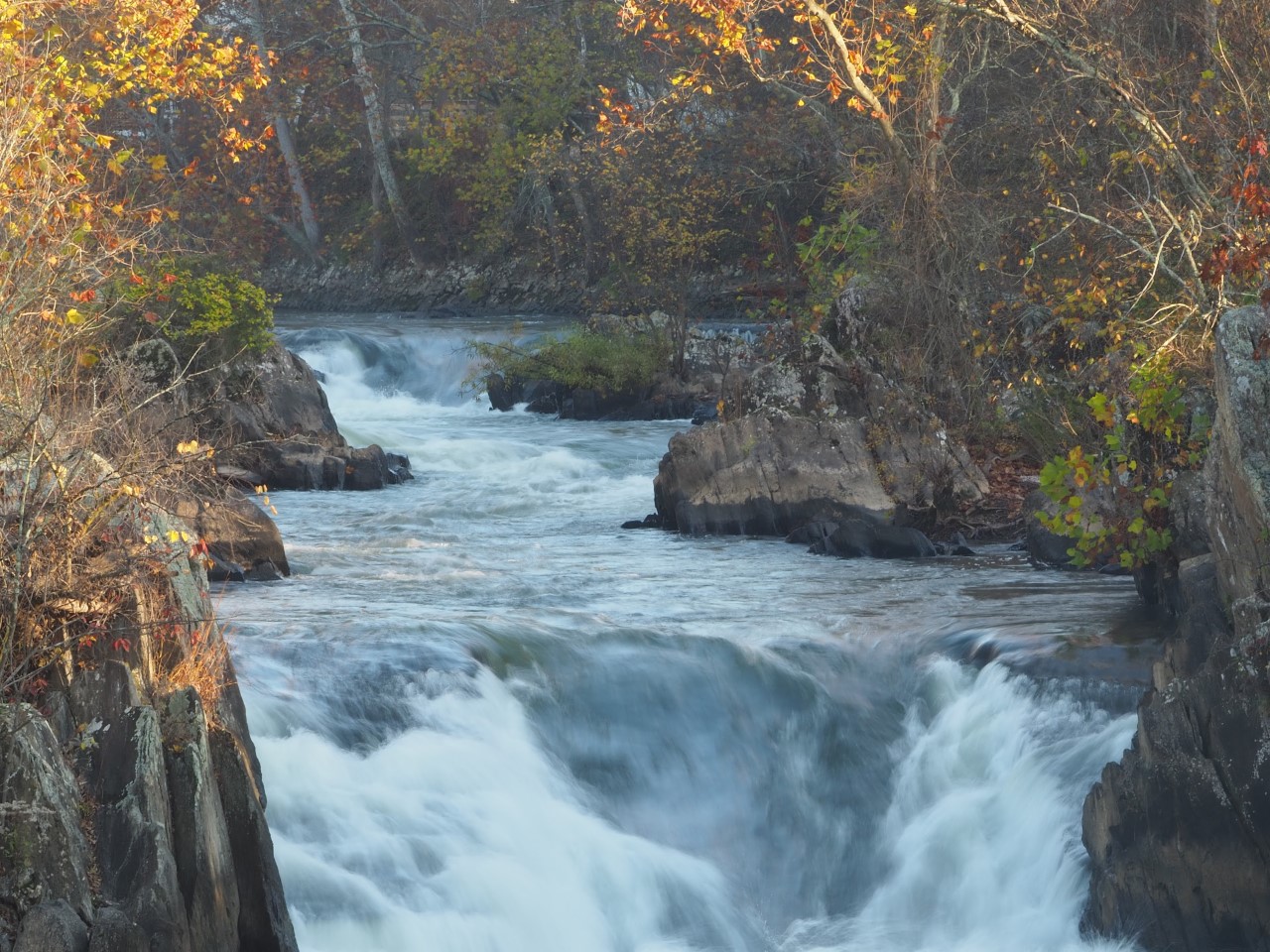
Frederick Law Olmsted is a big name for students of landscape architecture in Taiwan, especially in history textbooks. Yet his life before Central Park has been little studied and rarely mentioned in class. Students may associate his name with the founder of the field, but do not have a comprehensive understanding of the early life that shaped his design philosophy. In my opinion, however, this is the most inspiring part of the story.
Before becoming famous as the creator of Central Park, Olmsted led a wandering life in his youth. He trained in farming, surveying, engineering and traveling, and had many different experiences. It was not until he returned from a trip to Europe at the age of 28 that he was able to settle down. During the formative years, he played several roles as a farmer, surveyor, gardener and writer. These experiences may seem like detours in his career, but ultimately proved useful in laying out a foundation as a landscape architect. In other words, he successfully put all the pieces of the puzzle together.[i]
Olmsted once called himself an “Unpractical man”,[ii] but he looked at landscape design from a long-term perspective. “I have all my life been considering distance effects and always sacrificing immediate success and applause to that of the future”[iii]
That is to say, building a park is a lifelong plan. It takes decades to grow a tree, just as it takes decades to build a professional career. Both need a deeply rooted vision to deal with the uncertainty of the future.
College students in Taiwan face a highly competitive job market after graduation, and many of them go for “hot industries” such as semiconductors, biotechnology, medicine, finance, etc. The profession of landscape architecture, on the other hand, is not considered a mainstream career. Many young and talented graduates are not even sure what profession they want to pursue, and it is very common for them to change careers. In this sense, Olmsted’s story encourages students to develop diverse interests, find what they really love, and teaches them not to be afraid to get lost.
Olmsted is not only a role model for students, but also created a design philosophy that today’s professionals desperately need. Taiwan is a mountainous island with a population of 24 million, and three-quarters of the population lives in cities. In the city of Taipei, for example, only 6% of the total land area is parks and gardens. The green area per capita is 5 m².[iv] In Taipei’s dense and compact urban form, they are relatively rare and valuable.
However, due to dramatic social changes and democratization following rapid economic growth in the 1990s, parks in Taiwan became a place for politicians to show off their political achievements. Many of them were overdesigned, full of unnecessary facilities, colorful playgrounds, and decorations that were recognizable to parkgoers. A picturesque landscape consisting of simple trees, meadows, landforms, and water features, on the other hand, could give the impression of being “do-nothing” or “unplanned.” Consequently, it has been sacrificed to showcase the efforts of park commissioners. There is a great divide between politicians, citizens, and designers regarding the esthetics of public space.
Moreover, Taiwan’s park landscapes reflect radical changes in political thought and action. Party resignations are widespread, and frequent elections and voting often lead to inconsistency and uncertainty in policymaking. Park landscapes are constantly changing, appearing chaotic and unfinished because there are no long-term plans.
Building a picturesque landscape is indeed a daunting task. In New York’s Central Park, for example, Olmsted and his partners have moved earth, blasted rocks, and planted trees on a large scale to make the landscape look more “natural” and untouched by human hands.[v] In this way, people have access to attractive scenery and learn to appreciate the beauty of “man-made nature.” This principle also applies to a compact city like Taipei. Natural parklands are particularly valuable, and the beauty of the picturesque never goes out of fashion and should not be sacrificed for short-sighted political purposes.
Designed landscapes are a medium of time; sometimes it takes generations to be fully realized. It is normal for landscape architects in Taiwan to work with very tight project deadlines, but we must develop a strong and clear vision for the future of the park. Olmsted has taught us to think long-term in a short-term world.
[i] Rybczynski W. (2013). A clearing in the distance : Frederick Law Olmsted and America in the 19th century. Scribner.
[ii] Olmsted, F. L. (1839) Frederick Law Olmsted Papers: Speeches and Writings File, 1839 to 1903; ; “Passages in the Life of an Unpractical Man” draft. – 1903.
[iii] Rybczynski, Clearing, 385-86
[iv] Parks and Street Lights Office, Taipei City.
[v] Myles Zhang, Manufacturing the Picturesque at Central Park. (2019)











